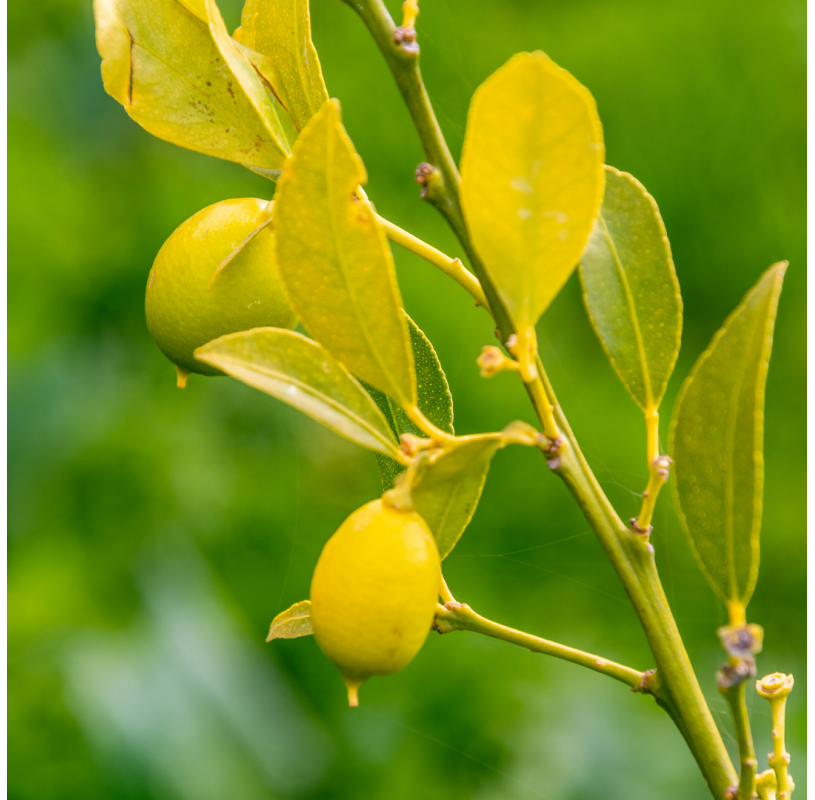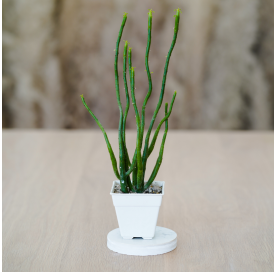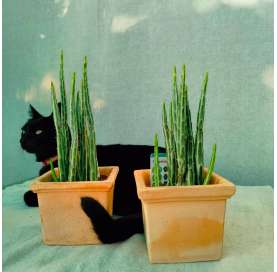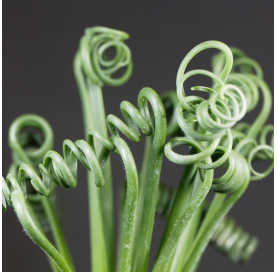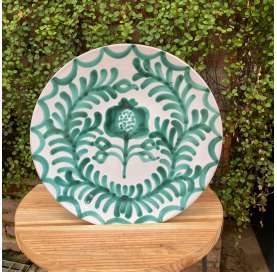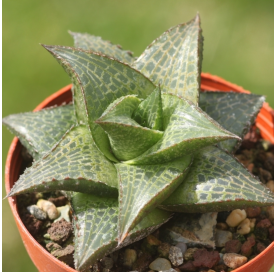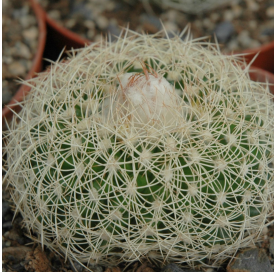Citrus eustis "limequat"
Citrus eustis, commonly known as "Limequat," is a hybrid citrus fruit tree resulting from the cross between the Key Lime and the Kumquat. This unique hybrid tree combines the best characteristics of both parent species, resulting in a versatile and flavorful fruit.
 Encrypted payments for greater security
Encrypted payments for greater security
To reduce the plant's time in transit, shipments are made from Monday to Wednesday.


Shipping only to mainland Spain and mainland Portugal
Description:
Citrus eustis, commonly known as "Limequat," is a hybrid citrus fruit tree resulting from the cross between the Key Lime and the Kumquat. This unique hybrid tree combines the best characteristics of both parent species, resulting in a versatile and flavorful fruit.
Characteristics:
The Limequat tree typically exhibits traits from both parent species, with small, oval-shaped fruits resembling limes in appearance but with a thin, edible skin similar to that of Kumquats. Limequats offer a delightful combination of sweet and tart flavors, making them ideal for culinary use in various dishes, beverages, and preserves.
Cultivation:
Limequats are relatively easy to cultivate and thrive in warm, subtropical climates. They require well-drained soil and full sun exposure for optimal growth and fruit production. Regular watering and fertilization during the growing season help promote healthy tree development and abundant fruiting.
Uses:
The fruits of the Limequat tree are prized for their culinary versatility. They can be used similarly to both limes and Kumquats, adding a tangy zest to cocktails, marinades, sauces, and desserts. Additionally, Limequats make attractive ornamental trees, with their glossy green leaves and abundant fruit adding visual interest to gardens and landscapes.
Care:
Limequat trees benefit from regular pruning to maintain shape and encourage airflow within the canopy. They are relatively pest and disease resistant but may occasionally be affected by common citrus pests such as aphids or citrus leaf miners. These issues can typically be managed through cultural practices or with the use of horticultural oils or insecticidal soaps.
Conclusion:
Citrus eustis "Limequat" is a delightful hybrid citrus tree that offers the best of both worlds, combining the tangy zest of limes with the sweet-tart flavor of Kumquats. With its ease of cultivation and culinary versatility, Limequats are a fantastic addition to any garden or landscape.
Data sheet
- Name
- Citrus eustis "limequat
- Origen
- The Citrus Eustis 'Limequat' is a hybrid developed in the United States by Walter T. Swingle in 1909.
- Height
- Limequat trees are small, typically reaching a height of 1.5 to 2.4 meter
- Colour
- The fruit is yellow to yellow-green when ripe.
- Flowering
- The Limequat produces white, fragrant flowers typical of citrus trees. Flowering can occur multiple times a year, especially in warm climates.
- Location
- It is primarily grown in subtropical and tropical regions. It is common in the southern United States, especially in Florida, as well as in other places with similar climates.
- Irrigation
- Requires regular watering, especially during dry periods. It is important to keep the soil well-drained to avoid waterlogging, which can cause root problems.
12 other products in the same category:
-
-
Mini Mauve Orchid€12.00
-
Euhprobia alluaudii€5.50
-
-
-
-
Plato colgar granadino 35cm€21.00
-
Haworthia venosa€6.00
-
Punch€8.50
-
-
Discocactus€6.00
-
Casa de pájaro€12.00

 English
English Spanish
Spanish